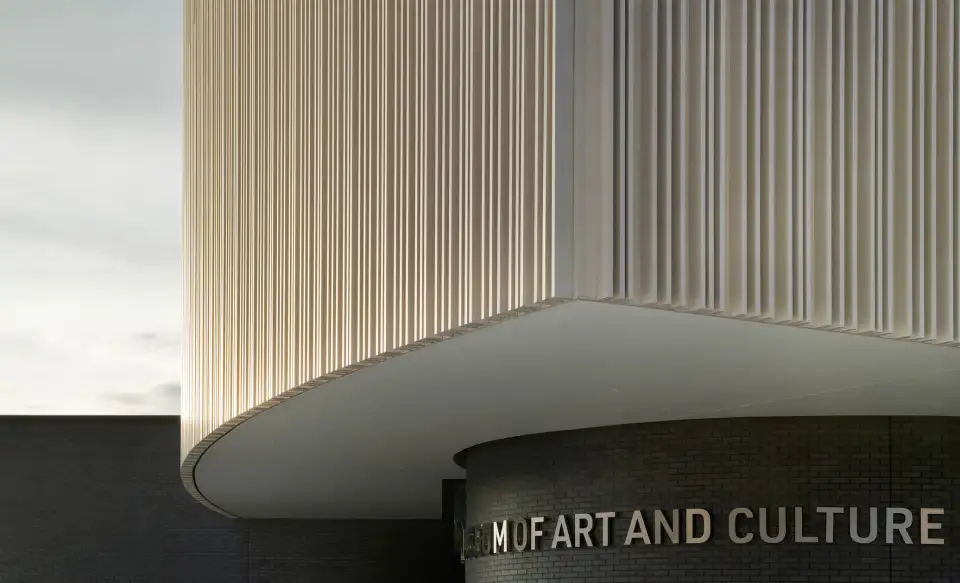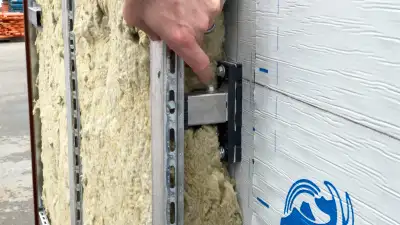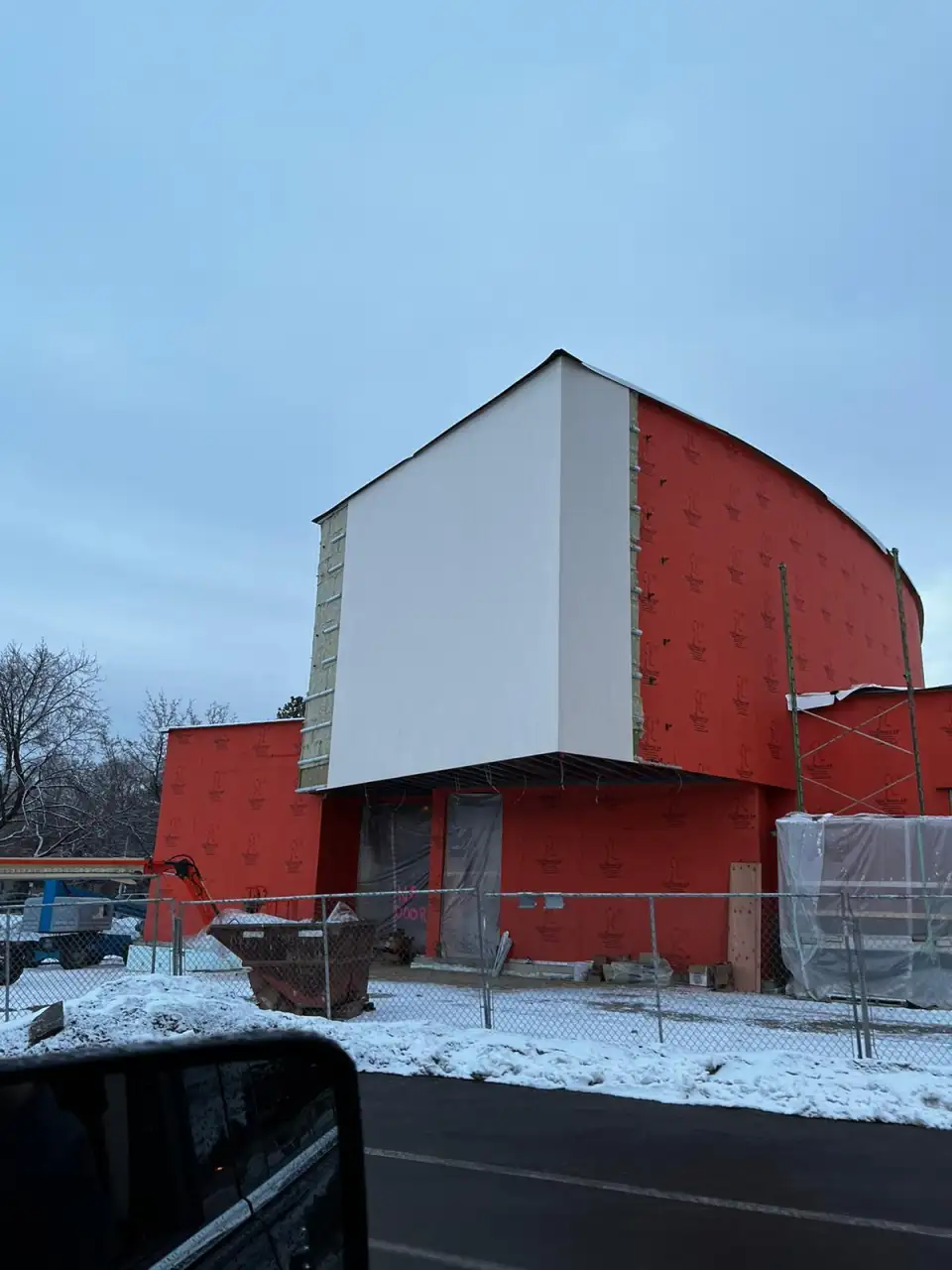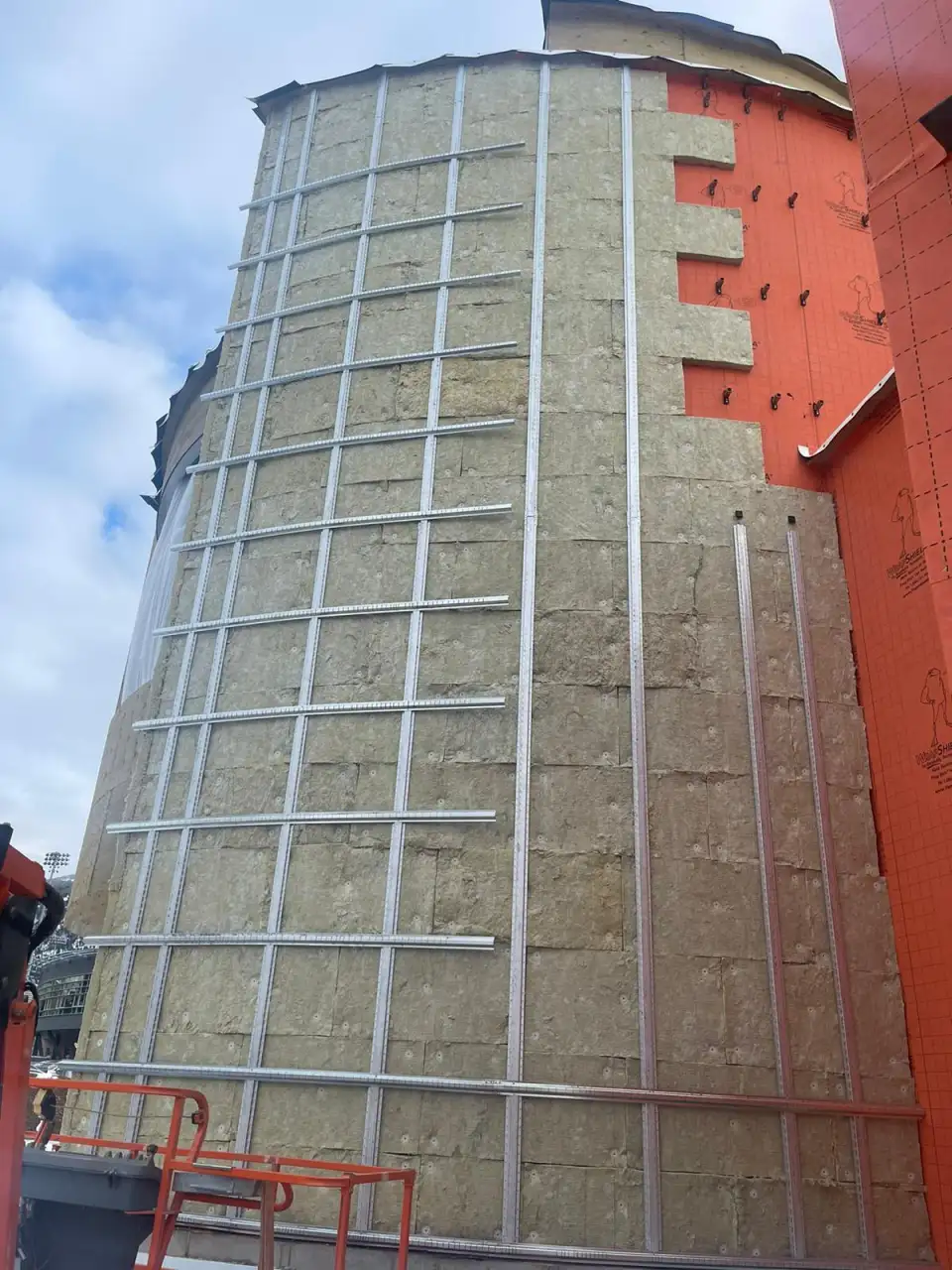For nearly 20 years, Longboard has been combining innovation, quality, performance, and sustainability to create an uncompromising suite of extruded aluminum products. These products can be used in commercial, institutional, single-family, multifamily, and many more building segments and have both interior and exterior applications. They control the full lifecycle of production from their facilities in Abbotsford, British Columbia, and ethically source their aluminum. This allows them to expand from a focus exclusively on cladding to the assembly that attaches the cladding to the exterior insulation layer of a high-performance home. The result is the HITCHTM system.

Durability, Flexibility, and Performance Meet with Longboard’s HITCH Cladding Attachment System
This new system represents an expansion into the world of thermally efficient design and construction. Introduced in 2022, HITCH™ is a cladding attachment system for rain screen and exterior wall assemblies that has been certified by the Passive House Institute for cool and temperate climates. As Longboard Product Development Manager Aaron Fraser explains, the HITCH™ system is designed to easily accommodate layers of exterior insulation that range from 1 to 16 inches. Its structural capacity makes it compatible with a variety of cladding types, all while reducing the total number of penetrations into the building envelope.

Both Fraser and Longboard strive to marry form and function to create durable and innovative aluminum products that are also aesthetically interesting. “It’s not just a matter of hanging cladding on a building,” Fraser says; “It’s how we use this system to create value in the market in terms of driving down energy consumption, creating exceptional spaces, and allowing architects and designers to do things they previously were not able to do based on structural capacity or the environmental thought process behind it.”
The HITCHTM cladding attachment system may be a carefully crafted marriage of thoughtful industrial design and precision engineering, but its inception was extremely modest. It actually started with napkin drawings, according to Fraser. “And when I say, ‘napkin drawings,’ I’m saying the owner brought me napkin drawings and I genuinely mean that,” he chuckles. Over the course of several years, Fraser and the team at Longboard engineered the components that would eventually make up the HITCHTM clip and girt system from scratch. It came with two primary goals: preventing thermal bridging and having a high structural capacity. With respect to the former, HITCHTM system can achieve up to 94% thermal efficiency. In the case of the latter goal, the system can shoulder cladding loads of up to 15 psf even under extreme wind or seismic conditions.
Using the HITCHTM system in conjunction with Longboard’s aluminum cladding systems is assurance of durability and adaptability. “Our cladding can stay in the building for 15 or 20 years without a problem,” Fraser says. “When you’re done, you can recycle it and put something else up.” However, the HITCHTM system, as well as the exterior insulation layer below, can remain in place for years or even decades longer.
One thing that may not be clear when looking at a spec sheet, however, is that the system is designed to be extremely practical and easy to use. As anyone who has been on a construction site will know, there are not a lot of completely straight or plumb walls in the world and any component that is too rigid to adapt to real world scenarios is never going to perform as it should. Consequently, adjustability takes center stage for the HITCHTM system, which includes three distinct models: SD, HD, and HD+. The SD is designed for walls outfitted with between 1-2.5 inches of exterior insulation, HD for walls outfitted with 3-16 inches of exterior insulation, and the HD+ is ideal for wall systems with between 6 and 16 inches of exterior insulation.

Yet another feature of the HITCHTM system that offers convenience for users is a tool that can easily pierce through any conventional type of insulation. The tool fits snugly around the telescopic arm. Once attached, it can be plunged into the insulation, and then removed in a motion similar to an apple corer or an ice core drill. Once the “core” of insulation is removed, the arm can be installed with minimal air gaps and no breaks in the exterior insulation layer. “In terms of installation time and ease, I think we’ve made a significant improvement,” Fraser says of the tool. The other nice feature of coring the insulation in this manner is that the core can be installed back into the hollow tube section which allows control of air and thermal energy movement within the system.
For the HITCHTM HD and HD+ in particular, the range allows installers to better control the depth and elevation off the structure and is the result of a telescopic stainless-steel arm extending between the thermal base and the thermal cap. The former attaches to the cladding system, while the latter attaches to HITCHTM Girts. The thermal cap can be rotated for either vertical or horizontal girt designs and can be used on one- or two-layer girt assemblies.
Thermal bridge free design is an integral component of all high-performance building assemblies. By relying on Longboard’s HITCHTM system, design teams are assured a turnkey solution that is flexible, easy to install, and capable of standing the test of time.


